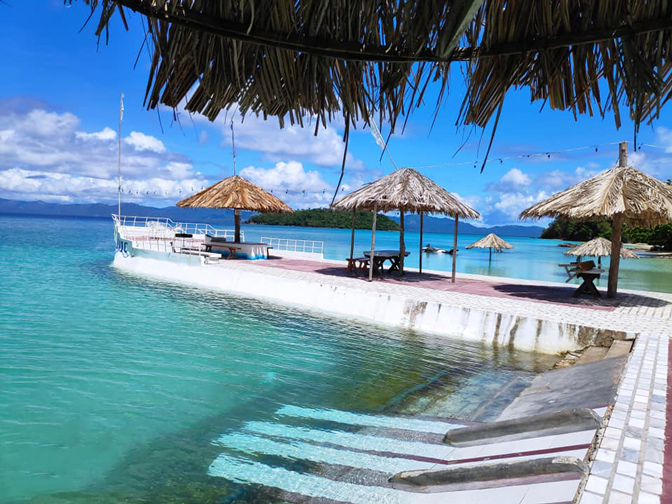Introduction to Romblon’s Mystical Heritage
Nestled in the heart of the Philippines, the island province of Romblon is renowned for its marble quarries, pristine beaches, and rich cultural traditions. Yet, beneath its picturesque surface lies a practice that sparks both fascination and debate: the work of local “witchcraft” healers, known as “mananambal” or “mangkukulam”. These traditional healers blend herbal medicine, spiritual rituals, and centuries-old beliefs to treat ailments—a practice that remains deeply controversial in the modern era.
Who Are the “Witchcraft” Healers?
The Role of the Mananambal
The mananambal are revered figures in many Romblon communities. They serve as:
Methods and Rituals
Their practices often include:
Why Is This Practice Controversial?
Clash with Modern Medicine
Critics argue that relying on traditional healers delays access to evidence-based medical care. For example:
Religious and Ethical Concerns
Many religious groups label these practices as “pagan” or “demonic,” clashing with dominant Catholic beliefs in the Philippines. Additionally, unethical practitioners have exploited vulnerable patients, charging exorbitant fees for “guaranteed” cures.
Legal Gray Areas
While the Philippines recognizes traditional medicine under the Traditional and Alternative Medicine Act (1997), the spiritual rituals of Romblon’s healers operate in a legal void. This lack of regulation raises questions about accountability and safety.
The Case for Cultural Preservation
A Link to Ancestral Wisdom
Supporters view the mananambal as custodians of indigenous knowledge. Their practices reflect:
Integration with Modern Healthcare
Some NGOs and local governments advocate for collaboration between healers and medical professionals. For instance:
Modern Perspectives: Romblon’s Youth Speak Out
A 2023 survey by Romblon State University revealed:
Conclusion: Balancing Tradition and Progress
The “witchcraft” healers of Romblon embody a cultural paradox—cherished by some, condemned by others. As the province navigates modernization, the challenge lies in honoring heritage while safeguarding public health. Whether these healers will adapt or fade into history remains uncertain, but their legacy undeniably shapes Romblon’s identity.


